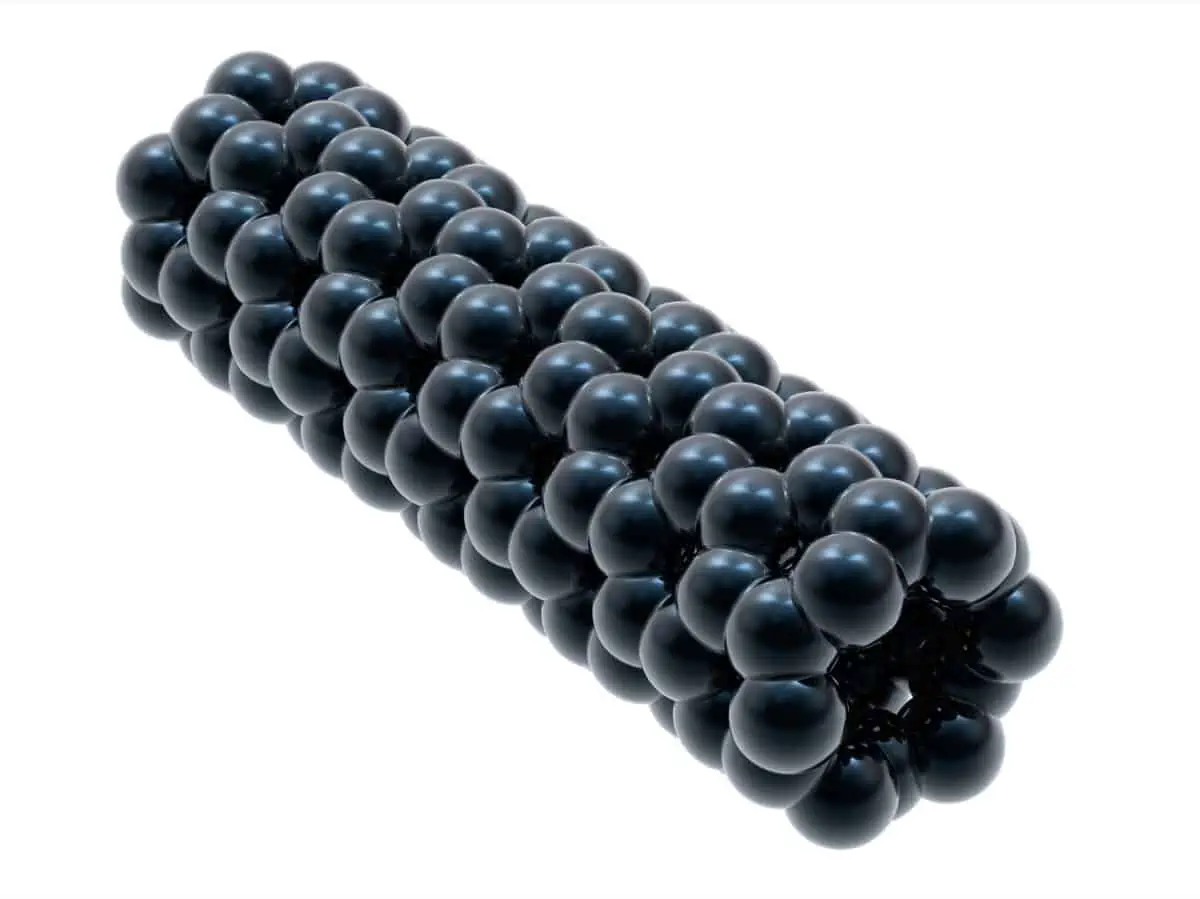Sign up for our newsletter!
Your data will be handled in compliance with our privacy policy.
Your data will be handled in compliance with our privacy policy.

Article published in Chip Scale Review, Jul–Aug, 2017, pp. 38–40.
Chip Scale Review is a global magazine covering device and wafer-level test, assembly, and packaging and covers high-density interconnection technologies including 3D packages, MEMS, and other wafer-fabricated devices. The magazine showcases the industry with exclusive editorial content that includes in-depth technical articles by industry technologists, market forecasts and updates from research institutions.
Your data will be handled in compliance with our privacy policy.
Oops! Someone forgot to publish content. We apologize for the inconvenience.